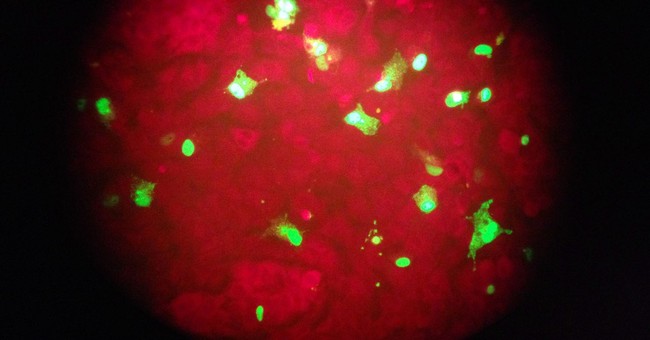
www.iflscience.com
It's Not Just You‚ Google Really Has Gotten Worse
A year-long study has found what people have been complaining about on hard-to-find Reddit posts for a while now: Google is getting worse.People have complained online that Google's search results have taken a dive in quality over the last year or so. The new study called it "a troubling sign that a noticeable number of social media users are sharing their observation that search engines are becoming less and less capable of finding genuine and useful content satisfying their information needs.""Reportedly‚ a torrent of low-quality content‚ especially for product search‚ keeps drowning any kind of useful information in search results."A particularly spammy area‚ focused on by researchers at several German universities‚ is product review queries. The team monitored 7‚392 such queries over the course of a year on search engines Google‚ Bing‚ and DuckDuckGo.  The problem mainly seems to stem from search engine optimization (SEO)‚ i.e. content created and tailored towards ranking on search engines‚ rather than focusing on useful quality information. This can take the form of pages crammed full of keywords‚ or else holding back key information until far down an article in order to increase read time (think of articles about how to change your phone settings that insist on telling you about what a phone is at the top). In product reviews‚ affiliate marketing – where marketers or influencers are paid for getting people to click on or buy a product – is also playing a role."Our findings suggest that all search engines have significant problems with highly optimized (affiliate) content—more than is representative for the entire web‚" the team explained‚ adding that "only a small portion of product reviews on the web uses affiliate marketing‚ but the majority of all search results do."Unfortunately‚ it's a problem that could get worse as people utilize chatbots to churn out more and more content‚ trying to stay ahead of search engines' ability to downrank such content by tweaking their algorithms."We further observe an inverse relationship between affiliate marketing use and content complexity‚ and that all search engines fall victim to large-scale affiliate link spam campaigns‚" the team wrote. "However‚ we also notice that the line between benign content and spam in the form of content and link farms becomes increasingly blurry—a situation that will surely worsen in the wake of generative AI."There are a number of explanations for the decline in search engine usefulness‚ including what is termed "enshittification"‚ where companies "abuse their users to make things better for their business customers" before "finally‚ they abuse those business customers to claw back all the value for themselves."Marissa Mayer‚ the 20th employee to join Google‚ who went on to serve as CEO of Yahoo‚ believes that the problem is down to the Internet itself becoming worse.“I do think the quality of the Internet has taken a hit‚" Mayer told Freakonomics. "When I started at Google‚ there were about 30 million web pages‚ so crawling them all and indexing them all was relatively straightforward. It sounds like a lot‚ but it’s small. Today‚ I think there was one point where Google had seen more than a trillion URLs.”Mayer added that it was natural for people to blame Google when they aren't getting the quality search results they used to‚ but she sees Google's results as more of a window into the web itself."The real question is‚ why is the web getting worse?"The study has been made available online by the Webis Group.
















